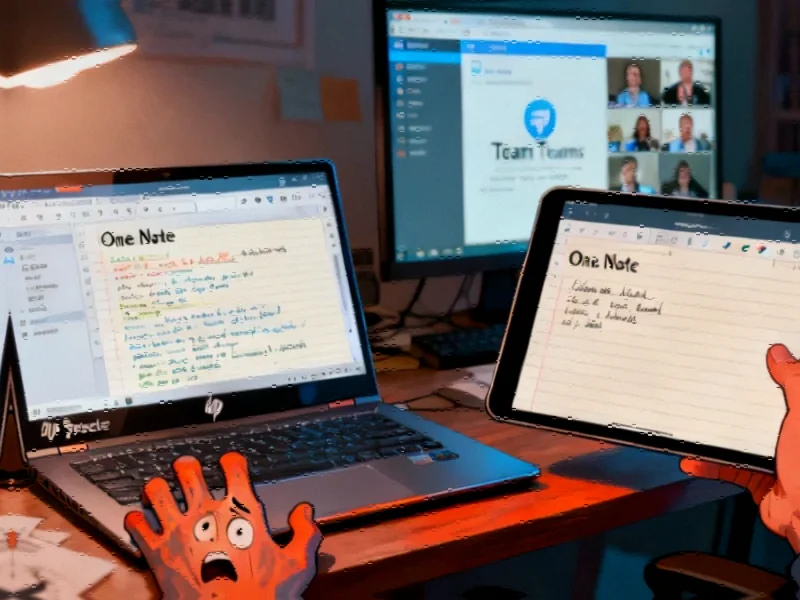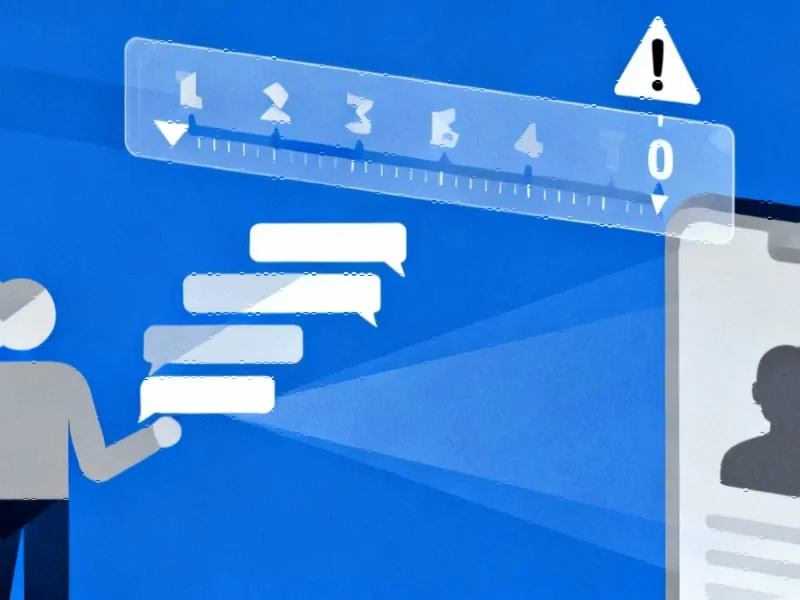The Persistent Sync Problem Plaguing OneNote Users
For over two decades, Microsoft OneNote has served as the digital notebook of choice for millions of professionals, students, and creatives. Its powerful organization features, rich formatting options, and cross-platform availability make it appear to be the perfect note-taking solution. However, beneath this polished exterior lies a fundamental flaw that Microsoft has failed to address throughout the application’s entire existence: unreliable synchronization.
Users who depend on OneNote as their digital second brain regularly face the heart-stopping moment when they switch devices only to discover their most recent work has vanished. This isn’t merely an inconvenience—it represents actual data loss that can derail meetings, compromise projects, and destroy trust in what should be a reliable productivity tool.
When Sync Failure Becomes Data Catastrophe
The core issue transcends slow loading times or temporary glitches. When OneNote’s sync fails, it doesn’t just delay access to information—it actively destroys work. Professionals report losing hours of detailed meeting notes, creative brainstorming sessions, and critical project documentation due to sync conflicts that overwrite newer content with older versions.
One user described a scenario where 45 minutes of detailed client meeting notes taken on a laptop simply disappeared when accessed later on an iPad. Instead of contributing to a follow-up discussion, they spent crucial minutes frantically recreating content from memory. Such incidents highlight how what should be a routine technology function becomes a professional liability.
This synchronization problem extends beyond OneNote to other Microsoft applications, including Sticky Notes, where users experience similar reliability gaps. The inconsistency across Microsoft’s own ecosystem raises questions about the company’s commitment to seamless data handoff between devices.
Historical Roots of the Sync Dilemma
OneNote’s synchronization struggles have deep historical roots. The application originated as a desktop-first program before the cloud computing era, which means its architecture wasn’t designed from the ground up for real-time, cross-device synchronization. Unlike modern applications built with cloud synchronization as a foundational element, OneNote has undergone numerous iterations where cloud capabilities were seemingly bolted onto an existing framework.
The confusion surrounding Microsoft’s shifting focus between OneNote 2016, OneNote for Windows 10, and the current unified version has only compounded synchronization issues. With each transition, users reported new sync complications, suggesting that Microsoft’s approach has been reactive rather than systematic. Meanwhile, persistent sync issues continue to frustrate the OneNote community, indicating the problem requires more than superficial fixes.
Microsoft’s Capability Paradox
The most frustrating aspect of OneNote’s sync problems is that Microsoft has demonstrated it can implement flawless synchronization in other products. Microsoft Loop, the company’s newer collaboration platform, features impressive real-time sync capabilities where content updates instantly across all devices. Components, tables, and embedded files maintain perfect synchronization, proving that Microsoft possesses the technical expertise to solve this problem.
This capability paradox raises an important question: Why hasn’t Microsoft implemented similar synchronization technology in OneNote? Users aren’t asking for revolutionary new features—they simply want the reliable core functionality that should be standard in any cloud-based application after 20 years of development.
As organizations implement critical security measures across their technology stacks, reliable data synchronization becomes increasingly important for maintaining both productivity and security.
The Growing Competitive Threat
While OneNote once dominated the digital note-taking space, competitors have steadily eroded its advantage by focusing on synchronization reliability. Applications like Evernote, Notion, Obsidian, and UpNote have made flawless sync a cornerstone of their value proposition. For users who cannot afford data loss, these alternatives are becoming increasingly attractive despite OneNote’s superior feature set in areas like drawing tools and mathematical equation support.
The competitive landscape continues to evolve with new cross-platform technologies that enable smoother synchronization across devices. As these technologies mature, the synchronization gap between OneNote and its competitors widens, putting Microsoft’s position in the note-taking market at risk.
Broader Implications for Microsoft’s Ecosystem
OneNote’s synchronization problems reflect larger challenges within Microsoft’s product ecosystem. When core applications fail to deliver reliable cross-device experiences, it undermines confidence in Microsoft’s broader cloud strategy. Users reasonably expect that applications within the same ecosystem would share synchronization infrastructure and standards, yet Microsoft’s products demonstrate inconsistent performance in this critical area.
This inconsistency becomes particularly problematic as businesses increasingly depend on integrated workflows across multiple Microsoft applications. The synchronization issues represent a significant obstacle to the seamless digital workspace that Microsoft promises through its Microsoft 365 platform.
These challenges emerge alongside other complex technological puzzles that the industry continues to solve, highlighting that synchronization represents a solvable engineering problem rather than an insurmountable technical barrier.
The Path Forward for OneNote Users
For now, many long-time OneNote devotees are implementing workarounds or exploring alternatives. Some manually trigger sync operations before switching devices, while others maintain parallel note-taking systems for critical information. However, these solutions defeat the purpose of a cloud-based note-taking application designed for seamless productivity.
Until Microsoft addresses this fundamental issue, users must weigh OneNote’s extensive feature set against the real risk of data loss. For many, the calculation is shifting toward applications that prioritize synchronization reliability, even if they offer fewer advanced features.
The synchronization crisis in OneNote serves as a cautionary tale about how established applications can struggle to adapt to evolving user expectations. After 20 years, users deserve a solution that matches Microsoft’s demonstrated capabilities in other products—anything less represents a failure to honor the trust that users place in their digital tools.
This article aggregates information from publicly available sources. All trademarks and copyrights belong to their respective owners.
Note: Featured image is for illustrative purposes only and does not represent any specific product, service, or entity mentioned in this article.



